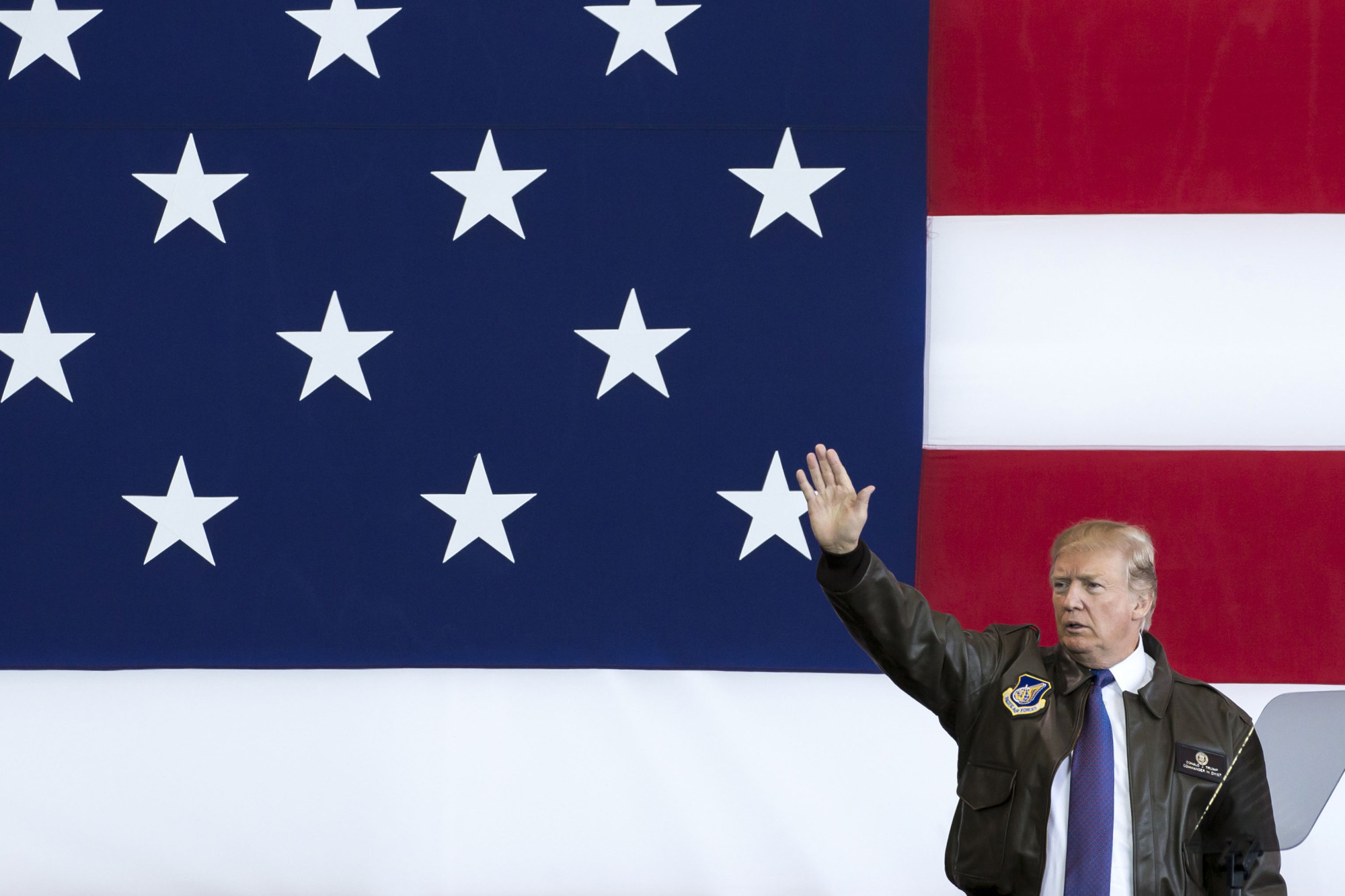U.S. President Donald Trump is visiting Asia this week focused on the supposedly bad deals his predecessors struck with America's partners in the region — whether job-killing trade pacts or costly defense pledges. In Tokyo, he raised his hosts' "not fair" trade advantages. In South Korea, where he arrived Tuesday, he toured one of those costly U.S. military bases and will likely criticize the "horrible" U.S.-Korea free-trade pact, from which he has talked of withdrawing.
Contrary to Trump's narrative, however, previous U.S. presidents didn't enter these deals blindly. In a very real sense, America's relationships in Asia were designed to be "bad" — to sacrifice some U.S. interests in the service of other, higher ones. If he were to scrap those arrangements, Trump would render his nation — for decades considered indispensable to the stability and security of Asia — very dispensable indeed.
Recall what East Asia looked like in the years immediately following World War II. Much of the region was desperately poor and in dire need of reconstruction. Communism, which had already claimed victories in China and North Korea, seemed poised to gobble up even more countries. Responding with military force was an option and worked in Korea in the early 1950s to beat back a North Korean invasion. But clearly, a less bloody and more sustainable strategy was needed to stem the Communist tide and defend U.S. allies, values and interests in the region.



















With your current subscription plan you can comment on stories. However, before writing your first comment, please create a display name in the Profile section of your subscriber account page.